5 Great ways to Explore and Learn
About Wildlife with Your Kids
About Wildlife with Your Kids

There are so many great reasons to explore wildlife with kids. As well as educating children about the behavior and biology of wild animals, it’s an easy way to encourage them to have love and compassion for other creatures.
In addition, many studies have shown that every aspect of the health and wellness of a child improves with exposure to the natural world. And of course, kids love to get hands-on with nature and wildlife, so it’s easy to see why wildlife activities for kids are so popular.
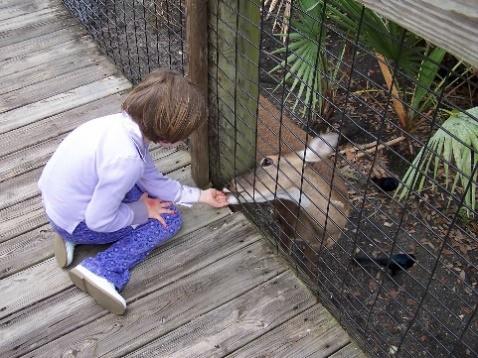
Ready to explore nature and wildlife with the kids? Here are five great ways to introduce children to the wonderful world of wildlife, and how they can respect and take care of it.
SCHEDULE IN TIME TO CONNECT WITH WILDLIFE ON YOUR VACATIONS
When planning your next family trip, consider skipping the amusement parks and beaches and heading to a family-oriented wildlife destination instead. Choose a place that offers enough opportunities to learn the dangers that animals face in the wild, and that also allows children to learn how humans can help conserve and protect their habitat.
The Sepilok Nature Reserve in Borneo is a prime example. The sanctuary is covered with dense forests and is rich in wildlife. In fact, it’s one of the few places where you can find orangutans, elephants, and rhinos in one area. Here children can get a chance to play with baby apes or go on a special adventure with their parents to view exotic species like the Sunday flying lemurs and gliding frogs. You can book wildlife experiences like this on sites such as Naturetrek.
You can even take the kids on a truly adventurous wildlife safari. Countries like South Africa, Kenya and India offer plenty of amazing safari options.
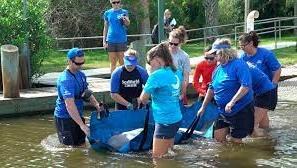
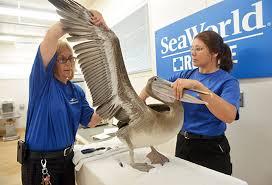
The return of our rescued manatee-Mosquito Lagoon & Rescue Care center workers
VISIT AN ANIMAL RESCUE CENTER
Our children are going to be the future ambassadors for animal conservation, so it’s important to teach them about their wellbeing. The best way to start is by taking the kids to an animal welfare center for mistreated or abandoned animals. This will help children to understand why animals are important to mankind and learn about caring for them in a loving and humane manner.
A trip to an animal welfare center is also a simple way to give children access to wildlife that they may not otherwise come into contact with.
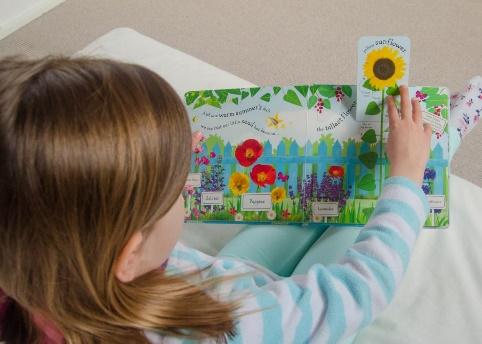
USE BOOKS AND SCREENS TO EXPLORE WILDLIFE WITH KIDS
It’s never too soon to explore wildlife with kids. Start with simple things like pointing out animals in movies or TV shows, or when you’re out and about. Tell them the names of the animals and explain what makes them so unique. This could be the sounds the animal makes, where it comes from, or what it eats.
Once your child is a little older, you can increase their knowledge about the world of wild animals through books. Fiction and non-fiction both work well here. An ultimate classic like Black Beauty, for example, will show them how to appreciate and love horses, and by association, other animals. A non-fiction nature play activity book is also a great way to help kids learn about and care for wildlife. The internet is a useful resource too. Sites like National Geographic Kids are bursting with documentaries on wild animals which are sure to keep the kids mesmerized.
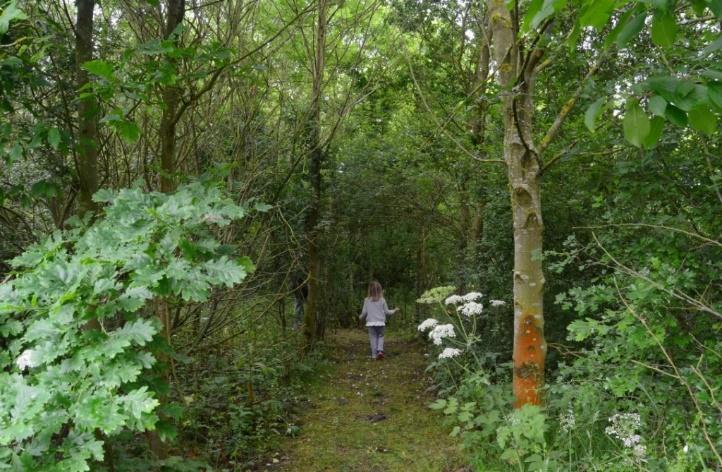
TAKE THE KIDS ON A NATURE WALK
As well as using books and visuals to teach kids about wildlife, you should definitely try to experience nature from up close. A nature walk is a simple, low-cost and accessible way to do this, and it’s a great way to burn off some energy and instill a sense of calm too.
You could visit a local park or nature reserve, hike up a hill, or stroll along a lake or river. Ask your children to bring along a book and use it to identify the animals they see, or download a free printable nature scavenger hunt. During the walk, encourage children to look out for wildlife. In my experience, nature always stimulates kids to ask lots of questions, so be prepared to do some thinking yourself! You might need to look some things up when you get home too.
Once the walk has ended, it’s nice if everyone reflects on what they saw and liked the most. This is a good prompt to get kids using their language skills, and also a fun way to find inspiration for your next wildlife adventure.
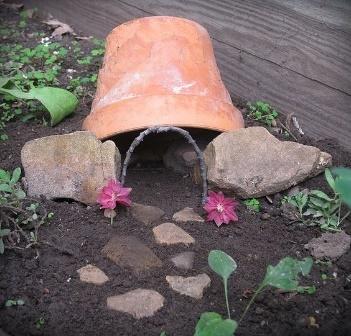
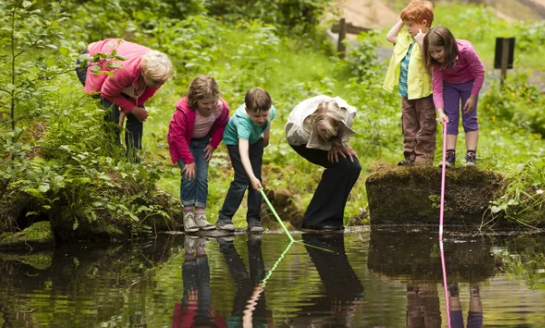
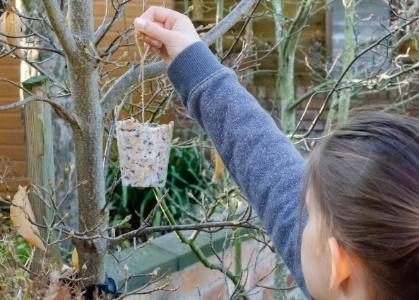
HANDS-ON ACTIVITIES AND DISCUSSIONS
Wildlife-themed activities are a great hands-on way to explore wildlife with kids. Here are a few fun ideas.
Study animal tracks. Show kids pictures of different animal tracks and talk about the animal that made them. Or head outside and see what tracks you can find. You could take spotter cards with you or take a photo of the tracks and look them up when you get home. A snowy day is a great time to do this as it makes it easier to spot and follow tracks, but a muddy field works well too!
Encourage children to garden for wildlife. Discuss what animals and insects visit your garden, and why. This is a great opportunity to talk about how our gardens provide a source of food for wildlife, and also to explore the concept of pollination. You might like to extend this activity by making homemade bird feeders, or installing a bird bath.
When you’re out with the kids at night, ask them to listen carefully for sounds of wild animals. This could be a chirping grasshopper, a hooting owl, or a hedgehog shuffling in the undergrowth. Note down the names of the different animals you hear and have a go at spotting them by flashlightlight.
Have fun with storytelling. One of the simplest ways to captivate children about wildlife is to tell stories. Add in an outdoor setting and a campfire, and things get really exciting! You could make up a wildlife story about the animals where you live, read their favorite animal book, play wildlife-themed games, or sing some favorite songs about animals.
By helping children engage with wildlife, we can give them the opportunity to develop their understanding of and empathy with nature. As well as being a fun family activity, it’s a brilliant way to make sure that future generations do their bit to take care of our planet’s amazing wildlife.
Links to our Nature Play That Rocks Website
Alphabet of
North American Animals
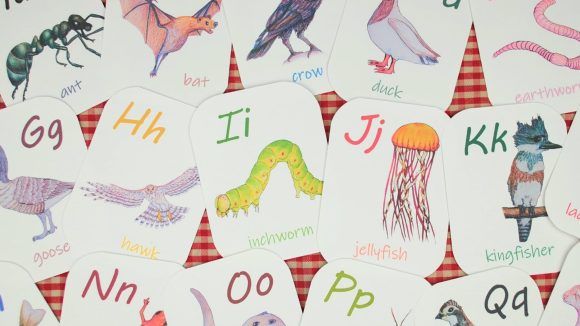
There’s a whole alphabet of animals out there in nature for you to discover!
For a recent project, I illustrated North American Animals from A to Z (you can find those illustrationshere)! During this project, I reviewed many incredible critters that I studied while earning my degree in Wildlife Biology! I wanted to share more about these cool creatures with you! You may already know and love some of these animals, many of which have wide ranges in North America (and beyond) – like ants, crows, and frogs! Others are small, rare, or hard to spot – and might even be creatures you’ve never seen before! Which ones can you spot in your local habitats?
In this post, you’ll find a little more information about the featured alphabet animals (which you can also learn more about from my Alphabet in Nature Unit)! You’ll also find links to outside websites with more information about each animal! There’s also a free PDF worksheet for younger children or students to do a research project on their favorite animal from this unit!
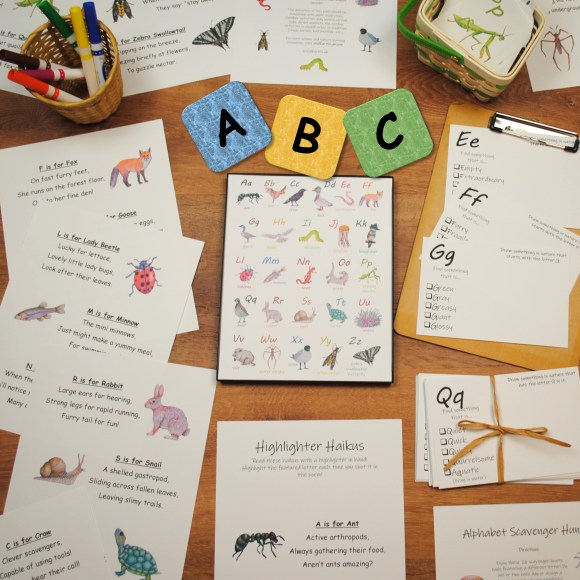
I created this Alphabet Animals post to go along with one of my latest educational resource packs, the Alphabet in Nature Unit! It comes with flashcards, a poster, and indoor and outdoor activities for practicing the alphabet with an nature-themed twist! You can also find it in this Nature Preschool Bundle! If you haven’t already, be sure to check it out
How to use this page:
Use the links on this page to learn about the alphabet animals of North America.
Download and print these free animal research project worksheets for your students.
Students can pick their favorite animal from the Alphabet in Nature Unitto learn more about!
Help your student research their favorite animal using the online resources linked below or other resources, such as books from your local library.
Students may use the worksheets to draw and write about what they learned!
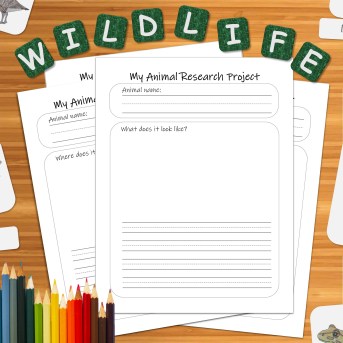
Ant
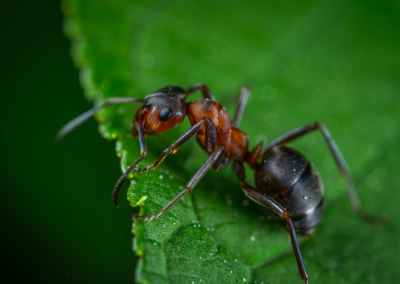
Photo by Egor Kamelev on Pexels.com
Ants are common insects! They can be spotted on every continent except Antarctica. They live in colonies where there are workers and a queen! There are many species of ants. These are some of the different types of ants:
Leafcutter Ants
Fire Ants
Carpenter Ants
Check out these websites to learn more about ants!
Bat
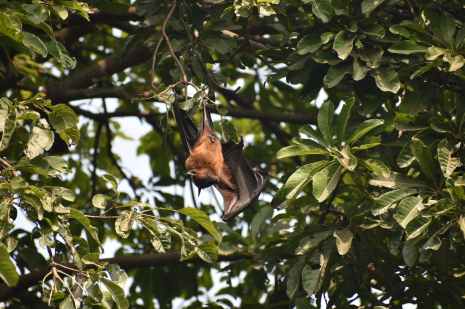
Photo by Surendra Singh Shekhawat on Pexels.com
Bats are unusual because they’re a mammal but they can fly! Depending on the species of bat, they will eat a variety of foods, such as insects, flower nectar, and fruit! Some common North American bats include:
Little brown bats
Mexican Free-tailed bats
Fruit bats
Long-nosed bats
Check out these websites to learn more about bats!
Crow
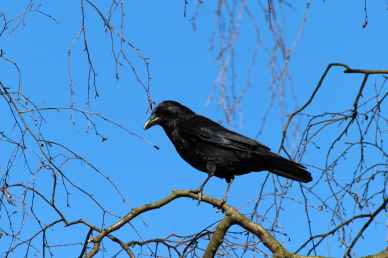
Photo by Pixabay on Pexels.com
Crows are incredibly intelligent birds found world wide. They’ve been observed using tools, and can recognize human faces! Check out these web resources about crows:

Duck
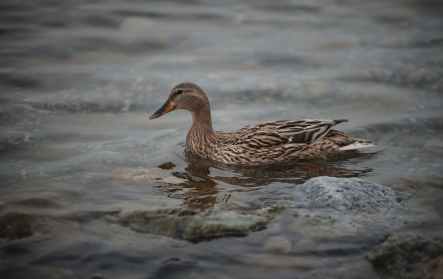
Photo by Billel Moula on Pexels.com
Ducks are waterfowl. There are many types of ducks in North America including dabbling ducks and diving ducks. Some common North American ducks are:
Mallard
Wood ducks
Ring-neck ducks
Teals
Wigeons
Mexican Duck
Check out these websites to learn more about ducks!
Earthworm
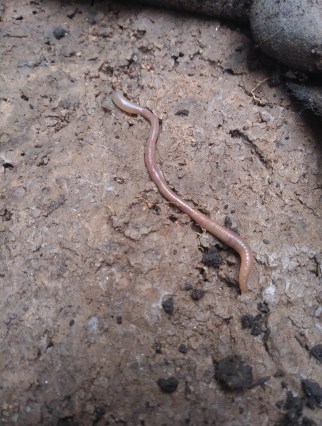
Earthworm photographed in the backyard of Valerie from Wild Earth Lab, in Northern Colorado!
Earthworms are annelids, the phylum of segmented and ring worms. Earthworms are beloved for their importance to agriculture. They are decomposers that move nutrients through soil by consuming and digesting waste and decaying matter. They also create large pores as they move through soil, which provide paths for water, gases, and plant roots to move through soil. You can see earthworms come to the surface of the soil to breathe during rainstorms in many habitats. Learn more about earthworms using these websites:
Fox
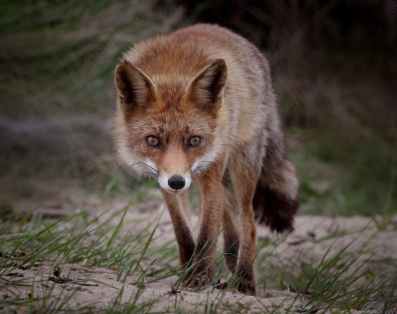
Photo by Steffi Wacker on Pexels.com
Foxes are omnivorous mammals. Grey foxes and kit foxes are found in the southern parts of North America. Red foxes are common in northern parts of North America. Arctic foxes are found near the arctic circle, in Canada and Alaska. Visit these web resources to learn more about foxes!
Goose
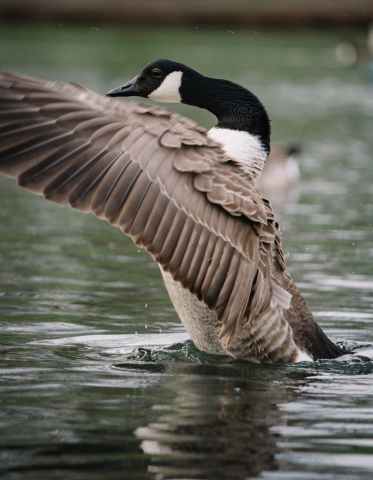
Photo by Ellie Burgin on Pexels.com
There are many species of geese world wide. Canada geese are commonly found in North America from northern Canada around the arctic circle to the the northern parts of Mexico. Many are migratory, spending their winters in warmer southern climates and their summers in far-north breeding grounds. Learn about Canada geese on these websites!
Hawk
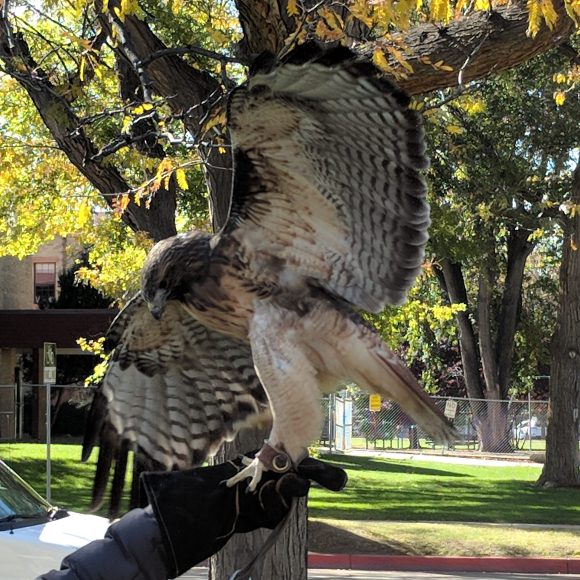
A red-tailed hawk in the care of a raptor center. Photo by Valerie (Wild Earth Lab) in Northern Colorado
Hawks are raptors, or “birds of prey”. They are carnivores and top predators found across a wide range of habitats. Here are some of the different types of hawks found in North America:
Red-tailed Hawk
Northern Goshawk
Cooper’s Hawk
Ferguson Hawk
Sharp-shinned Hawk
Check out these websites to learn more about hawks!
Inchworm
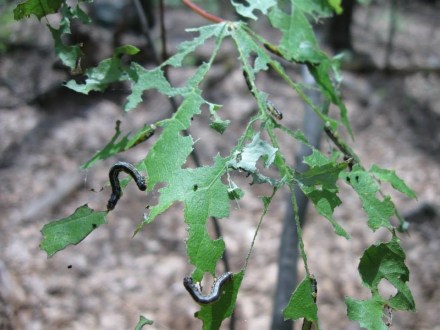
Inchworms devour leaves in West Virginia, photo by Valerie from Wild Earth Lab.
Inchworms or cankerworms are the larval stage of the geometer moth. They are known and named for the way they move, inching forward with the front of their body then their rear. Inchworms undergo complete metamorphosis, in which they have a pupa stage before becoming adult moths. Learn more about inchworms and geometer moths here:
Jellyfish
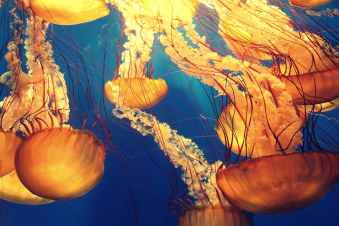
Photo by Oday Hazeem on Pexels.com
There are many species of jellyfish found in multiple oceans and seas. There is also one unique species of freshwater jellyfish in North America. Jellyfish are not really fish at all! They are invertebrates in the phylum Cnidaria. There are different types of jellyfish found off the coast of North America:
Moon Jelly
Lion’s Mane Jelly
Bay Nettle
Portuguese Man-of-War
Check out these websites to learn more about jellyfish!
Kingfisher
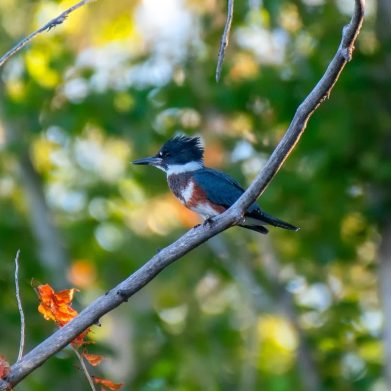
Photo by Frank Cone on Pexels.com
Kingfishers are small birds that can be spotted near estuaries, wetlands, lakes, and other bodies of water. There are a few species of kingfishers found in North America, including:
Belted Kingfisher
Great Kiskadee
Green Kingfisher
Ringed Kingfisher
Check out these websites to learn more about bats!
Lady Beetle
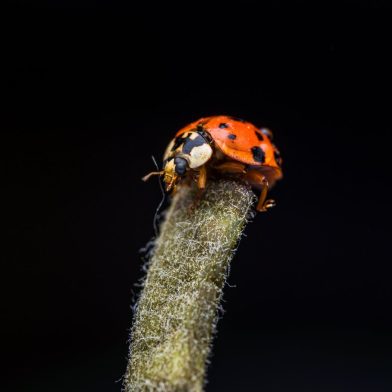
Photo by Skyler Ewing on Pexels.com
Lady beetles, also known as ladybugs, are not really bugs! Bugs are a specific type of insects that belong to the order Hemiptera, like box elder bugs and leaf hoppers. Lady beetles belong to the beetle order of insects, Coleoptera. Amusingly, while ladybugs are not bugs themselves, they do eat bugs – one of their favorite foods is aphids, a member of the order Hemiptera (true bugs). Learn more about lady beetles using the links below:
Minnow
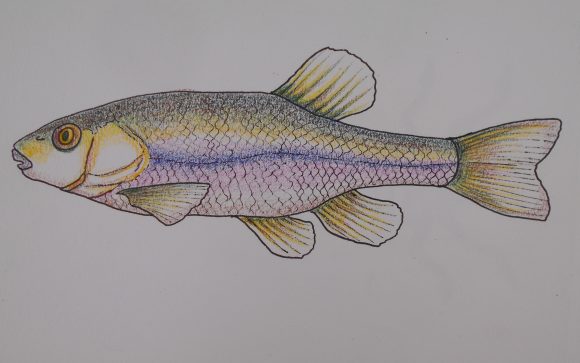
A sketch of a fathead minnow by Valerie from Wild Earth Lab
Minnow is a general term for many different species of small freshwater fish including chubs, shiners, and daces. Minnows provide an important food source for larger fish species higher up on the food chain and for waterfowl. Check out these websites to learn more about minnows!
Michigan State University – When is a minnow not really a minnow?
Missouri Department of Conservation Field Guide – Fathead Minnow
Newt
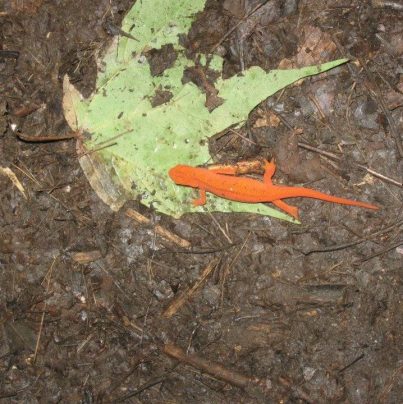
Eastern spotted newt photographed by Valerie (Wild Earth Lab) in the eastern United States along the Appalachian Trail.
Newts are amphibians and a type of salamander. It’s never a good idea to pick up a newt because they have very delicate and absorbent skin – chemicals and oils on our hands can be very harmful to them! They come in many different colors – from green, to brown, to bright orange. Learn about newts on these websites:
Otter
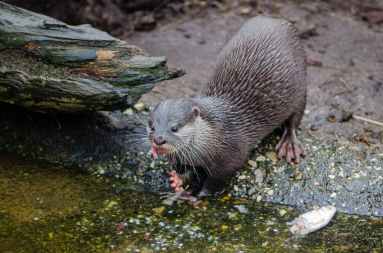
Photo by Flickr on Pexels.com
Otters are mammals that love the water! River otters live in freshwater, and sea otters live along coasts. Learn more about otters on these websites:
Preying Mantis
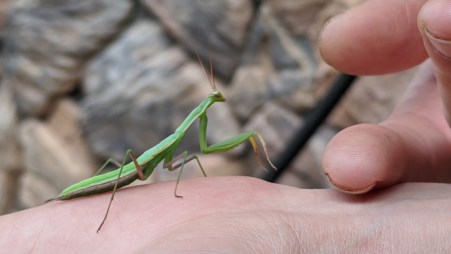
Preying mantis photo in Northern Colorado by Valerie (Wild Earth Lab)
Preying mantises are insects that are voracious predators of other insects! Gardeners love them because they help keep away pesky crop-eating insects such as grasshoppers. Learn more about preying mantises on these websites:
Quail
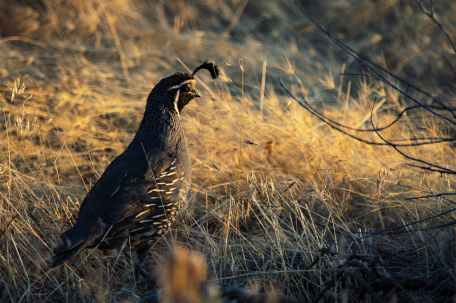
Photo by Brett Sayles on Pexels.com
Quail are small game birds found in a variety of habitats. There are several different types of quail, such as:
California quail
Scaled quail
Montezuma quail
Bobwhite quail
Learn more about quail:
Rabbit
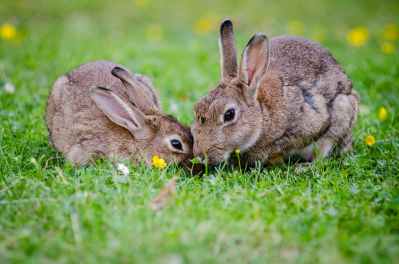
Photo by Pixabay on Pexels.com
Rabbits are common herbivorous mammals in the lagomorph order, which also includes hares and pika. They are sometimes mistaken as rodents. Humans have domesticated rabbits and they are beloved pets. Learn more about wild rabbits with these internet resources:
Snail
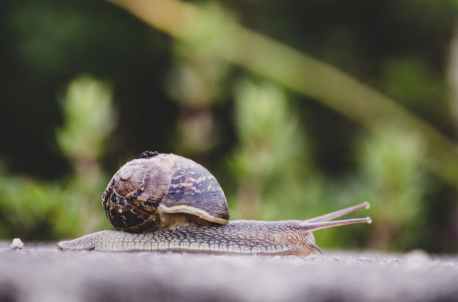
Photo by Laura Reed on Pexels.com
Snails are common shelled gastropods found world wide! They live on land and in water. Check out these websites about snails:
Turtle
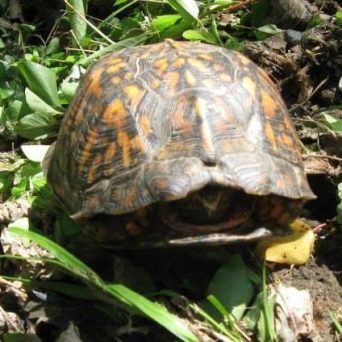
A box turtle hiding in its shell by Valerie (Wild Earth Lab), along the Appalachian Trail in the eastern United States.
Turtles are common shelled reptiles found world wide! They are found in many types of habitats, including ponds, salt water, islands, and even the desert! There are many species of turtles. Some common North American turtles include:
box turtles
sea turtles
snapping turtles
Check out these websites to learn more about turtles!
Urchin
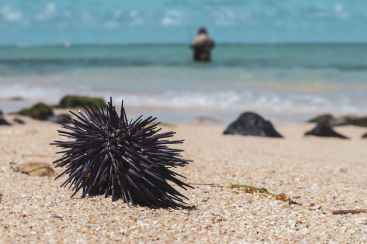
Photo by Ish Sookun on Pexels.com
Sea urchins are found in salt water. If you live near a coast, you may spot them in tide pools! Although they might not seem like it, sea urchins are in fact animals, belonging to the phylum Echinodermata. Learn about sea urchins here:
Vole
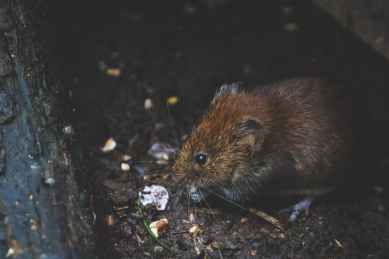
Photo by DSD on Pexels.com
Voles are rodents, like mice and rats. They are prey for a variety of predators, such as hawks, owls, and foxes. Check out these websites to learn more about voles!
Water Strider

Photo by Tanguy Sauvin on Pexels.com
Water striders are amazing insects that harness the power of surface tension to walk across water. They are common insects that can be seen at many lakes, ponds, wetlands, and even in the slow-flowing pools and eddies of streams and rivers. Learn more about water striders:
Xeme
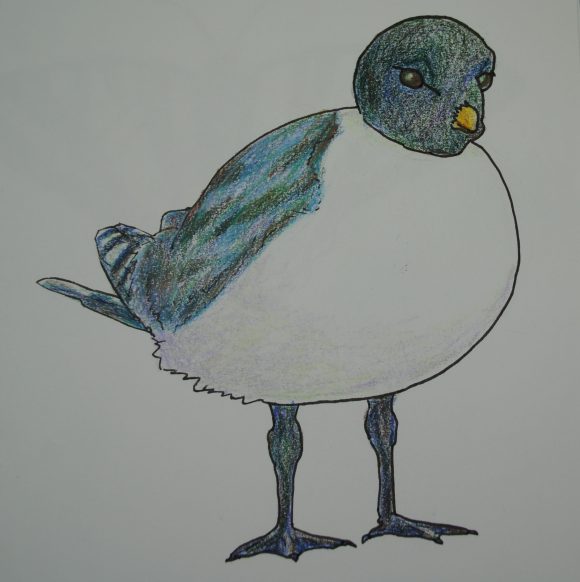
A sketch of a xeme (sabrine’s gull) by Valerie at Wild Earth Lab
Xemes, also called Sabrine’s gulls, are a migratory gulls. In the summer, they are found in their summer breeding range near the arctic circle in northern Canada and Alaska. They may be seen passing through off the west coasts of Canada and the United States as they make the long journey to their winter range in the Pacific Ocean off the coast of South America. Check out these websites to learn more about xemes!
Yellow Jacket
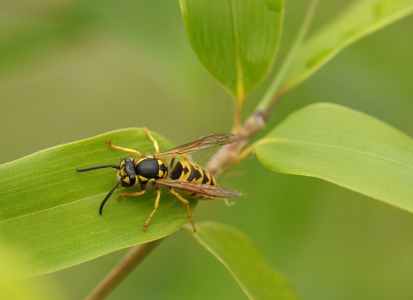
Photo by Pixabay on Pexels.com
Yellow jackets are a common type of wasp. They are omnivores and feed on a variety of foods including other insects and flower nectar. They can be pollinators – animals which move pollen between flowers, transferring plants’ genetic material which allows for the production of seeds and new plants. Learn more about yellow jackets:
Zebra Swallowtail Butterfly
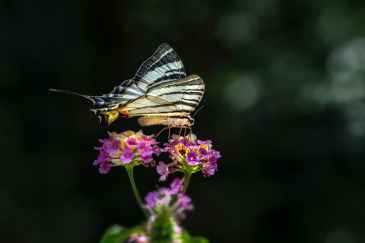
Photo by Erik Karits on Pexels.com
Zebra swallowtail butterflies are a butterfly species found in the southeastern part of the United States. They undergo complete metamorphosis like all butterflies and moths. Learn about zebra swallowtail butterflies here:
We Draw Animals: How to draw a swallowtail butterfly
Didn't find what you wanted try the links below:
Superscript
Block title
This is a block description. To edit, click and type the text or replace it with your own custom content
This is a frequently asked question?
This is a FAQ description. Add more detail about this service, such as benefits, appearance, components and value
This is a frequently asked question?
This is a FAQ description. Add more detail about this service, such as benefits, appearance, components and value
This is a frequently asked question?
This is a FAQ description. Add more detail about this service, such as benefits, appearance, components and value
This is a frequently asked question?
This is a FAQ description. Add more detail about this service, such as benefits, appearance, components and value
